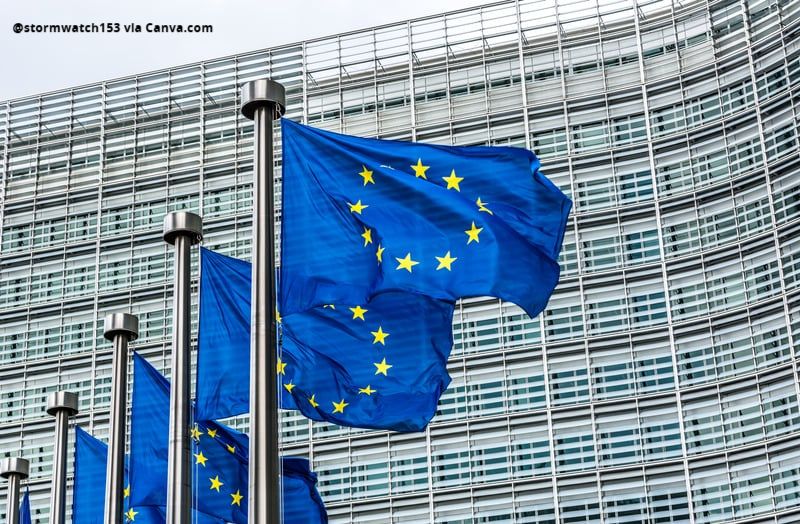
The European Commission is expected to unveil its highly anticipated Clean Industrial Deal (CID) on 26 February, as promised, within the first 100 days of its new mandate. First introduced in Ursula von der Leyen’s Political Guidelines published in July 2024 and announced in the recent Competitiveness Compass, the initiative has been presented as a strategy to foster “competitive industries and quality jobs” across Europe. As the new institutional term progresses, a clearer picture of the Union’s decarbonisation and competitiveness policy is beginning to emerge.
The CID is conceived as an important puzzle piece contributing to the European Union’s decarbonisation, growth, and competitiveness objectives, with a focus on investment in energy-intensive industries and emerging clean technology sectors. Indeed, as recently revealed by the media citing anonymous European Commission sources, it will cover six pivotal thematic areas: energy security and energy prices; financing; recycling and critical raw materials; labour and skills; lead markets; and global action.
More precisely, among its main objectives, it will simplify procedures, facilitate permitting, support the improvement of public procurement rules to better integrate the Energy Union, and expand international partnerships, climate diplomacy, and trade to mitigate the risks associated with over-reliance on and dependencies with a handful of countries. It should also help ensure access to affordable energy supplies and critical raw materials.
Work on the CID will be helmed jointly by the Commission’s number two, Executive Vice-President (EVP) for Clean, Just and Competitive Transition, Teresa Ribera, the EVP for Prosperity and Industrial Strategy, Stéphane Séjourné, and Climate Commissioner Wopke Hoekstra. Some of their recent statements at events and to the press reveal further details on the plan, which is expected to focus heavily on infrastructure. Teresa Ribera notably emphasised the role of electricity grids, storage capacities, and system interconnections, while also underscoring the importance of social policy within this framework, particularly in relation to skills and jobs.
Alongside the CID, the European Commission intends to work on an Industrial Decarbonisation Accelerator Act, an Action Plan on Affordable Energy, a joint purchasing platform for critical raw materials, as well as an Electrification Action Plan & Grids Package. As put forward in the recent Competitiveness Compass, the Commission is also expected to propose several Action Plans for energy-intensive sectors, including steel, metals, and chemicals.
However, the 2040 climate target, which is expected to enshrine a 90% greenhouse gas emission reduction compared to pre-industrial levels in the European Climate Law and occupied a prominent place in preliminary discussions of the CID, notably in the von der Leyen’s Political Guidelines, is now largely absent from ongoing discussions. The level of ambition of the CID in achieving the clean energy transition therefore remains a key concern for stakeholders in the sector, as does the question of funding, on which little has emerged.